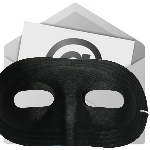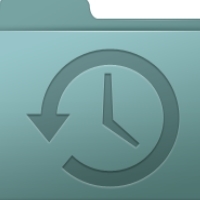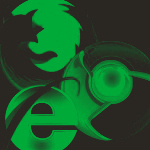Leo looks at why, and how spammers and others use remote email images for good and evil.–PC Pitstop.
Evil Side of Email Images
By Leo Notenboom
How does blocking pictures in an email protect my privacy?
In Windows Mail, I received an email from a known vendor (not spam) with all the pictures withheld. At the top (below the header) there was a message which read:
“Some pictures have been blocked to help prevent the sender from identifying your computer. Click here to download pictures.”
My question is: How can a sender identify my computer by me receiving pictures? And of course, how great is the risk?
“Identifying your computer” in that informational message is somewhat vague, as it’s not exactly what can happen. But the concept is still important.
And in fact, if you’ve ever seen ads or services that claim “we can tell you if your email has been read” – images are how they do it, and it’s also why they can never be 100% reliable.
Email image types
There are two types of images in email: attached and remote.
1) Attached images are exactly that: they’re attached to and sent with the email message itself. When the message is displayed, your email program need look no further than your own computer for the images, and typically will display them right away. Attached images can be displayed in the body of your email, or they can appear as actual attachments. In either case, however, they were sent with the email itself.



